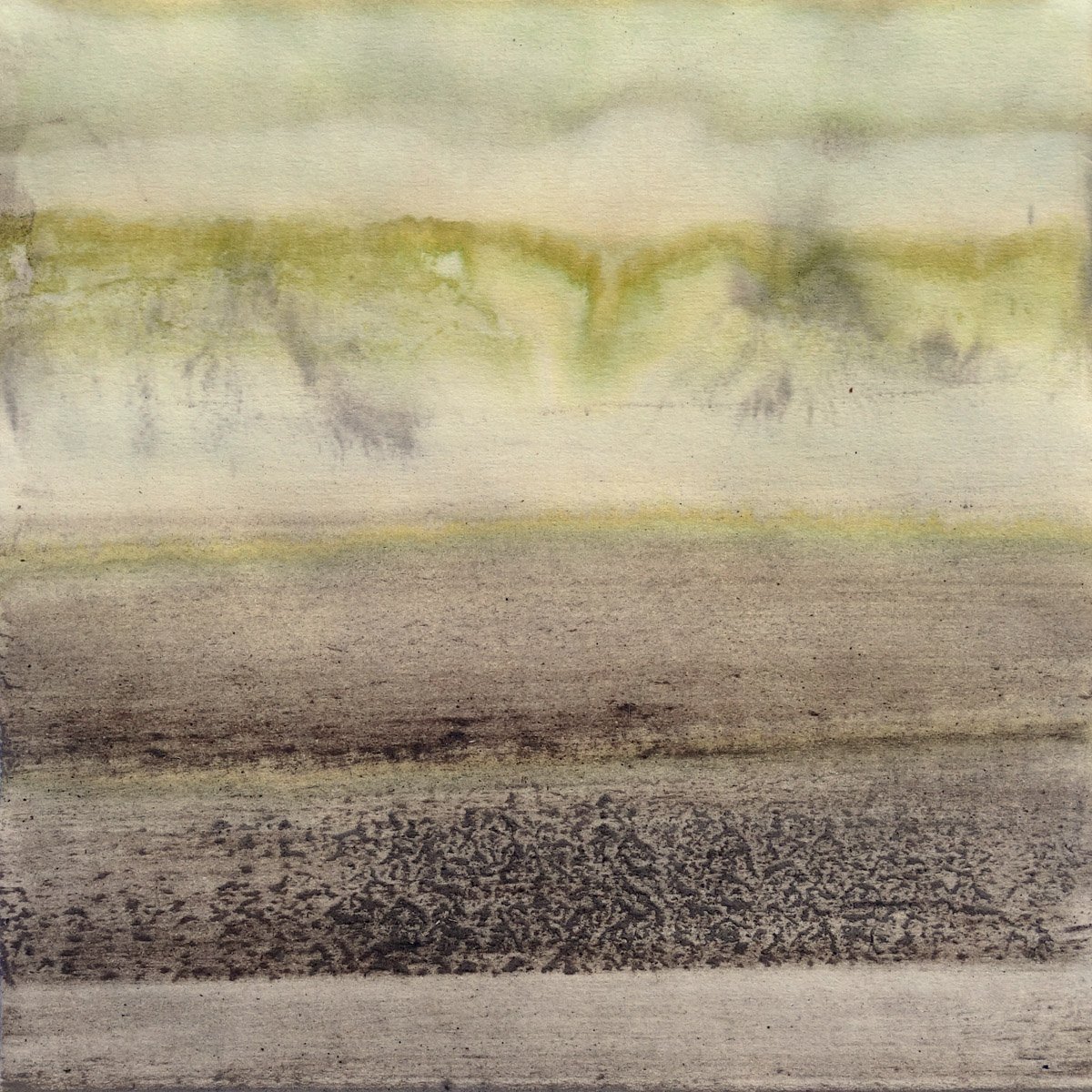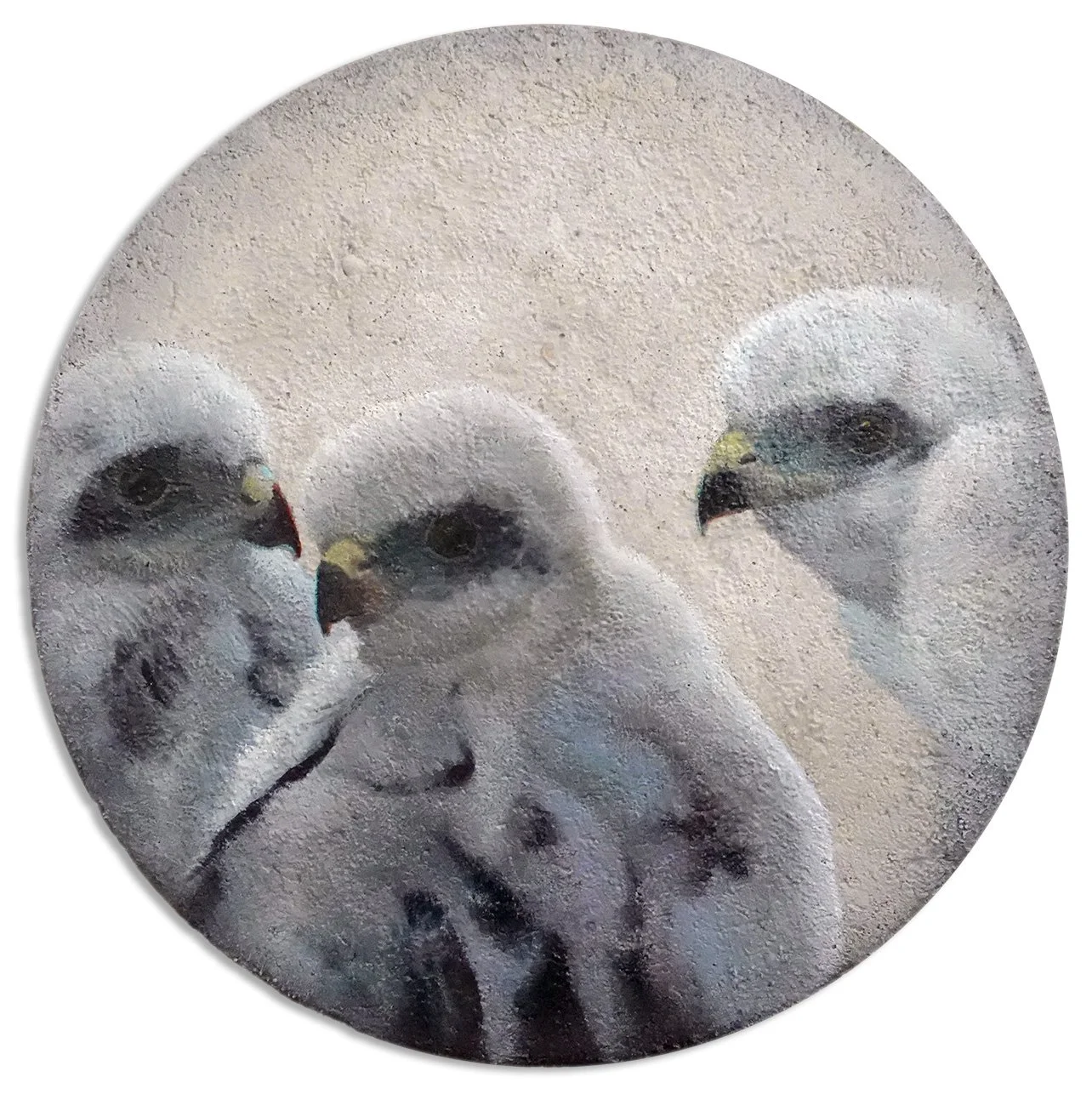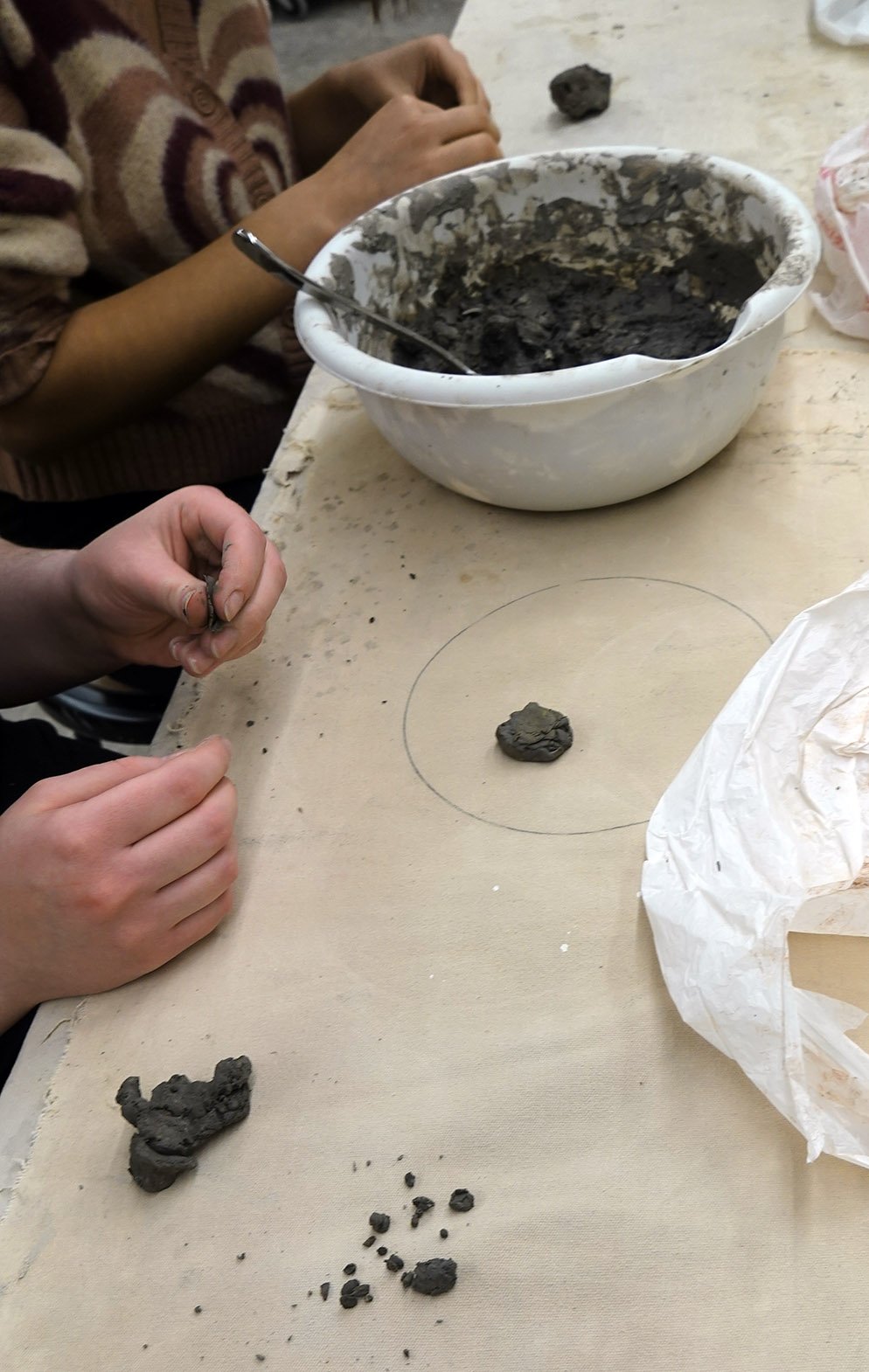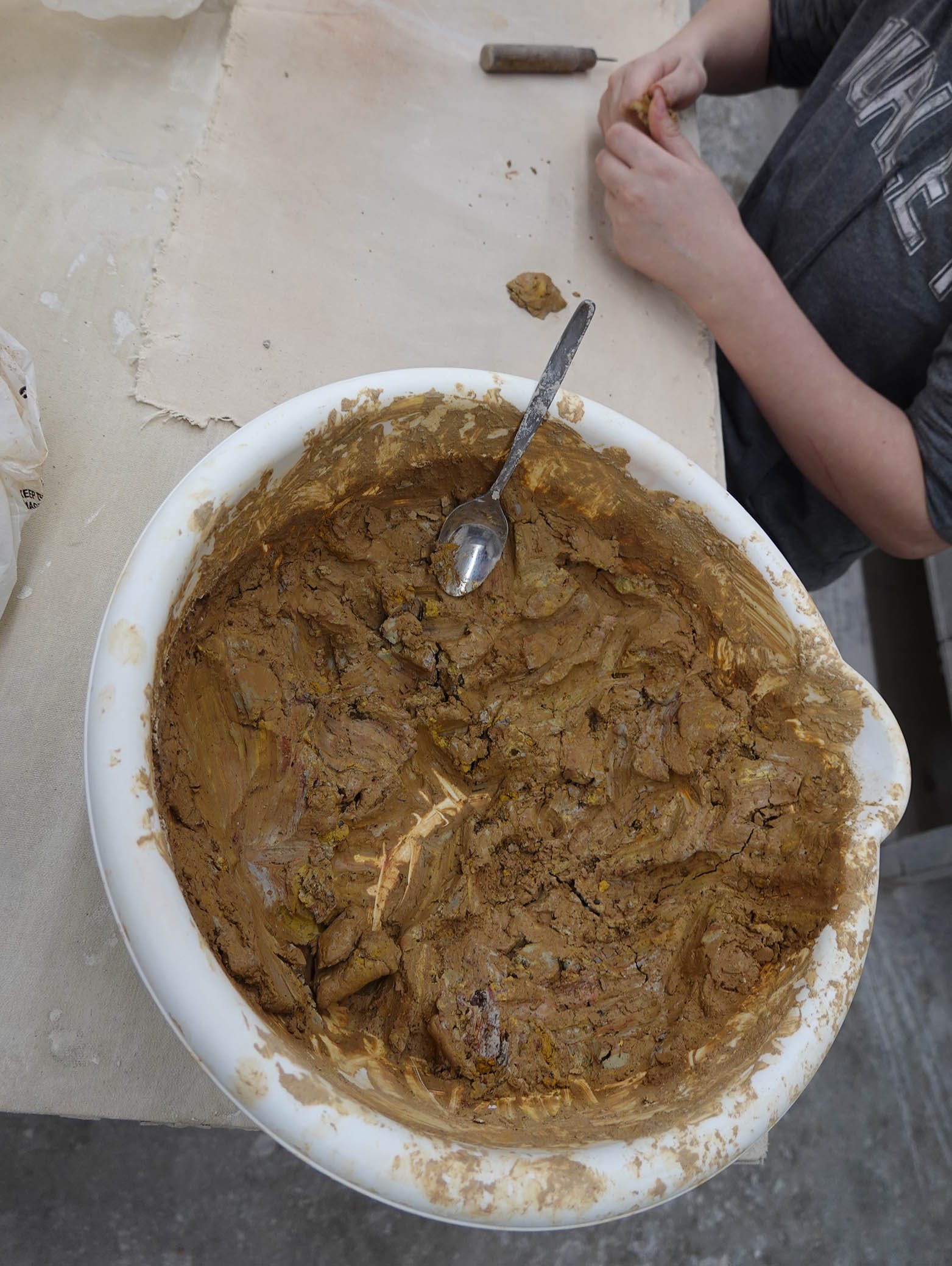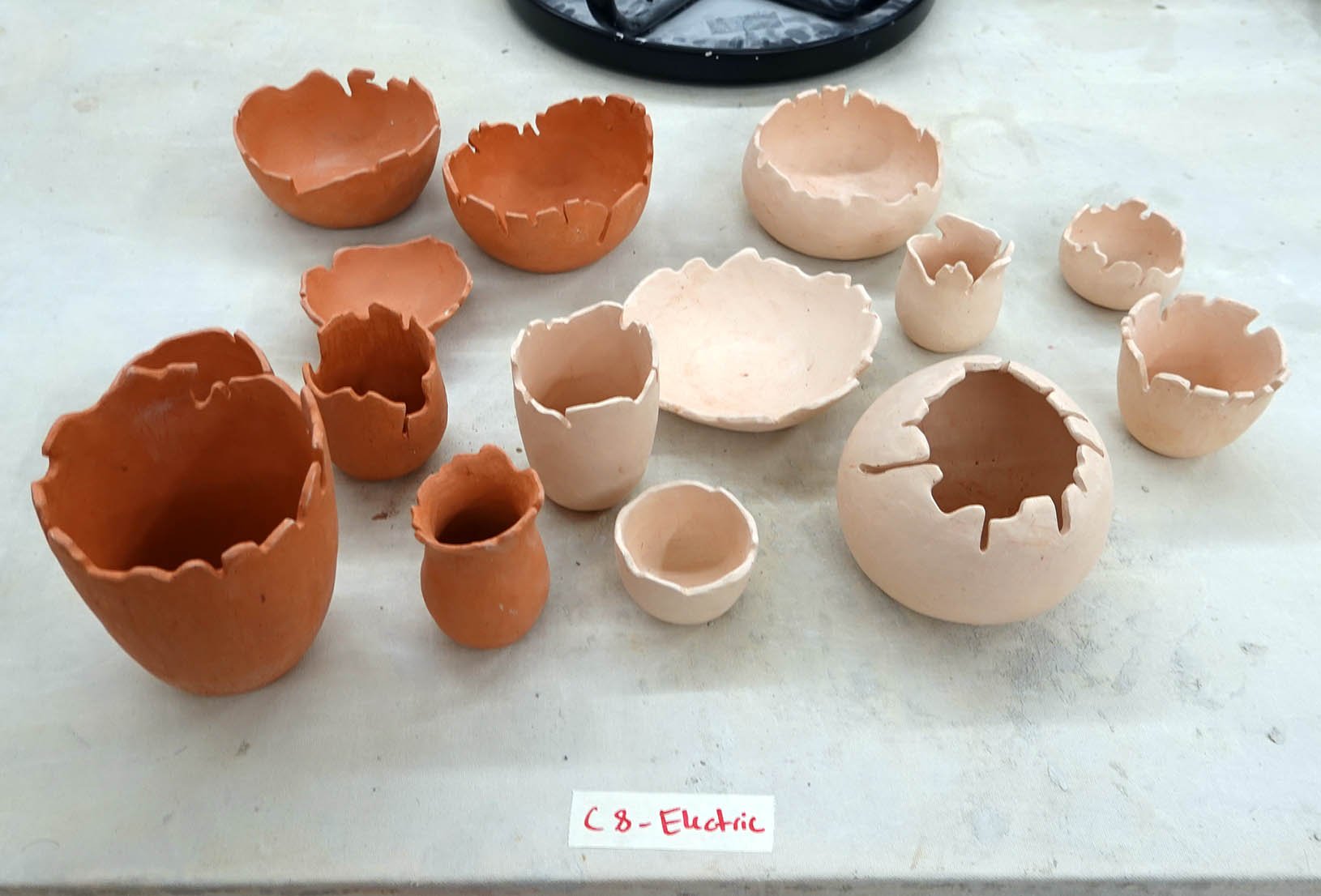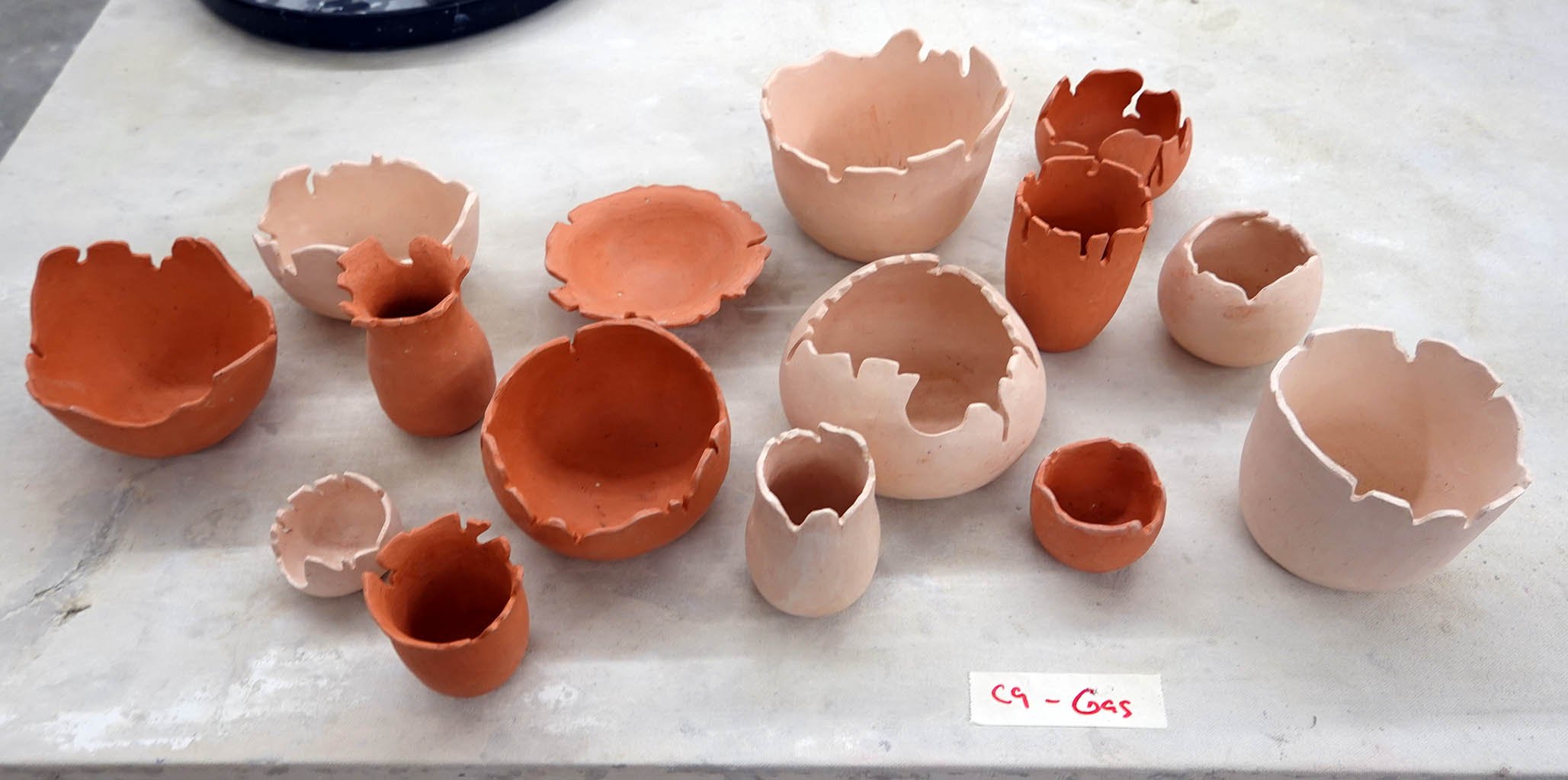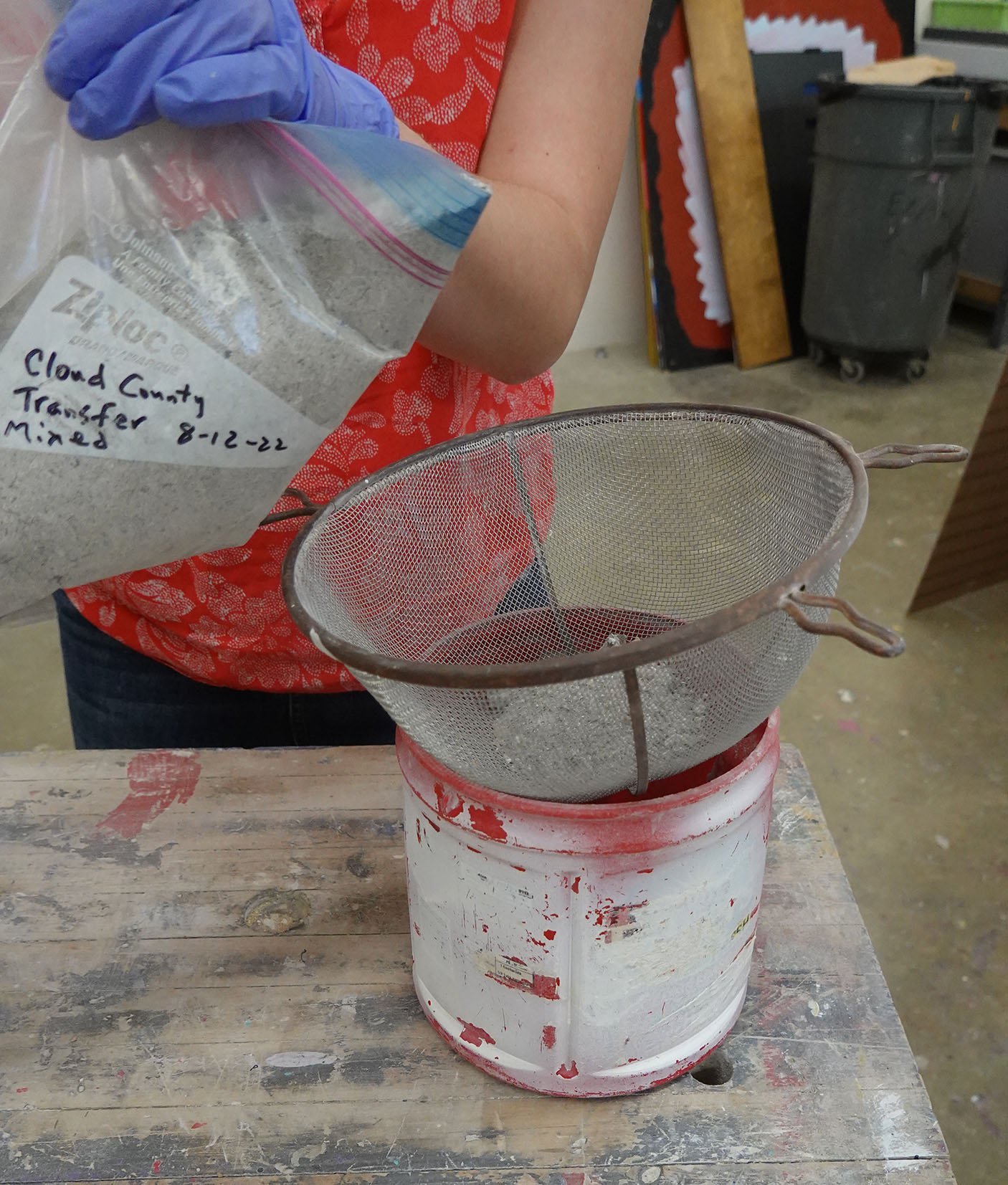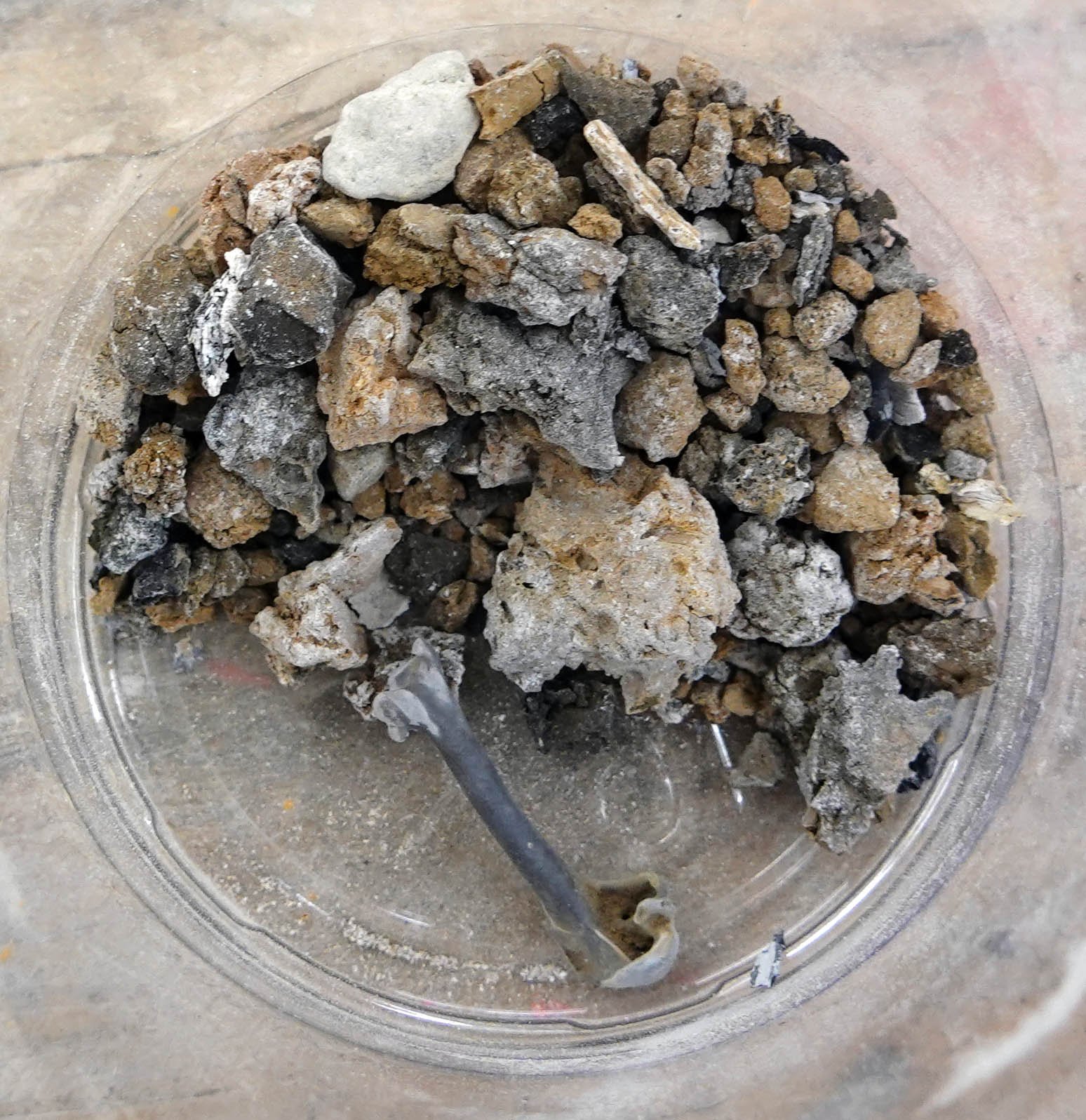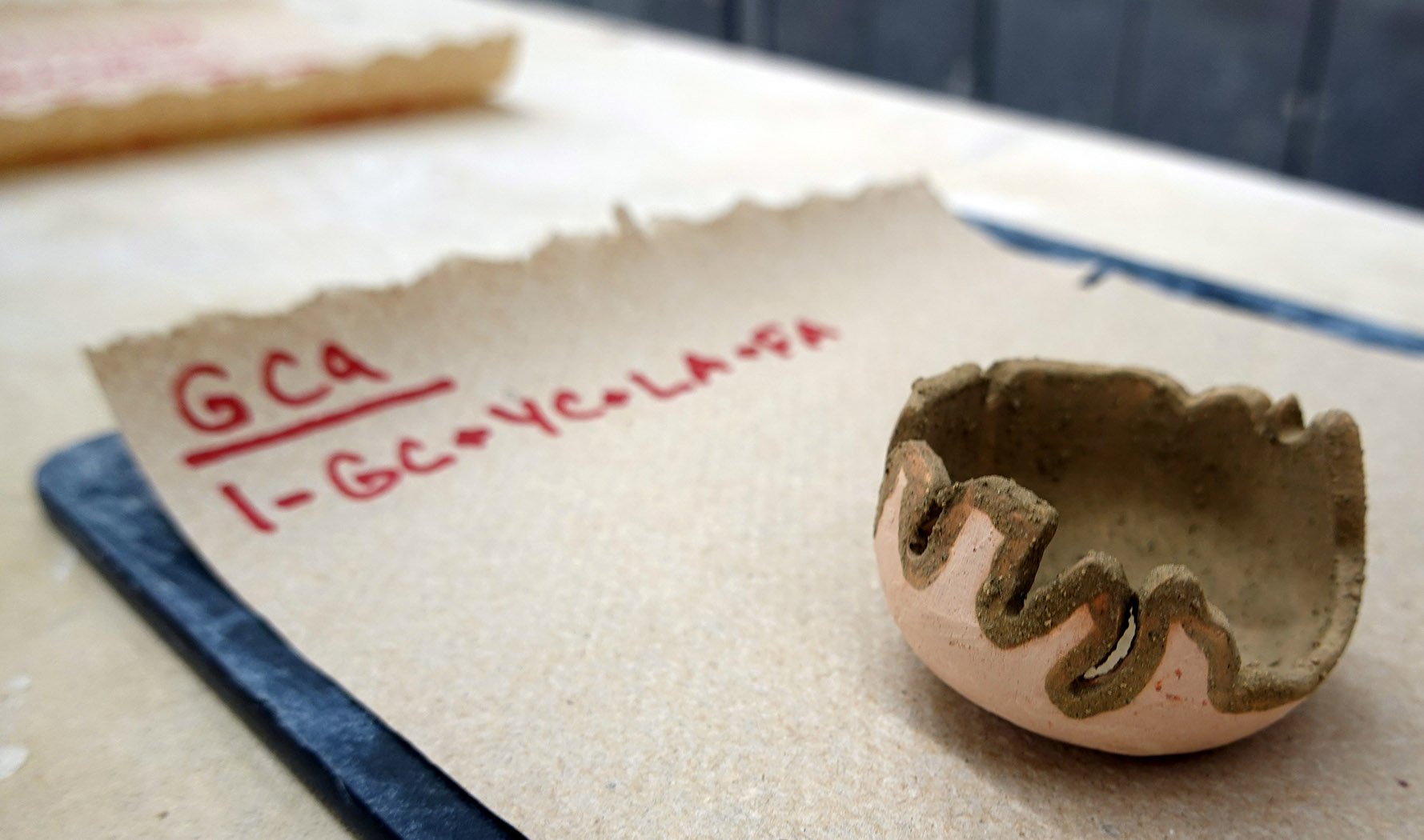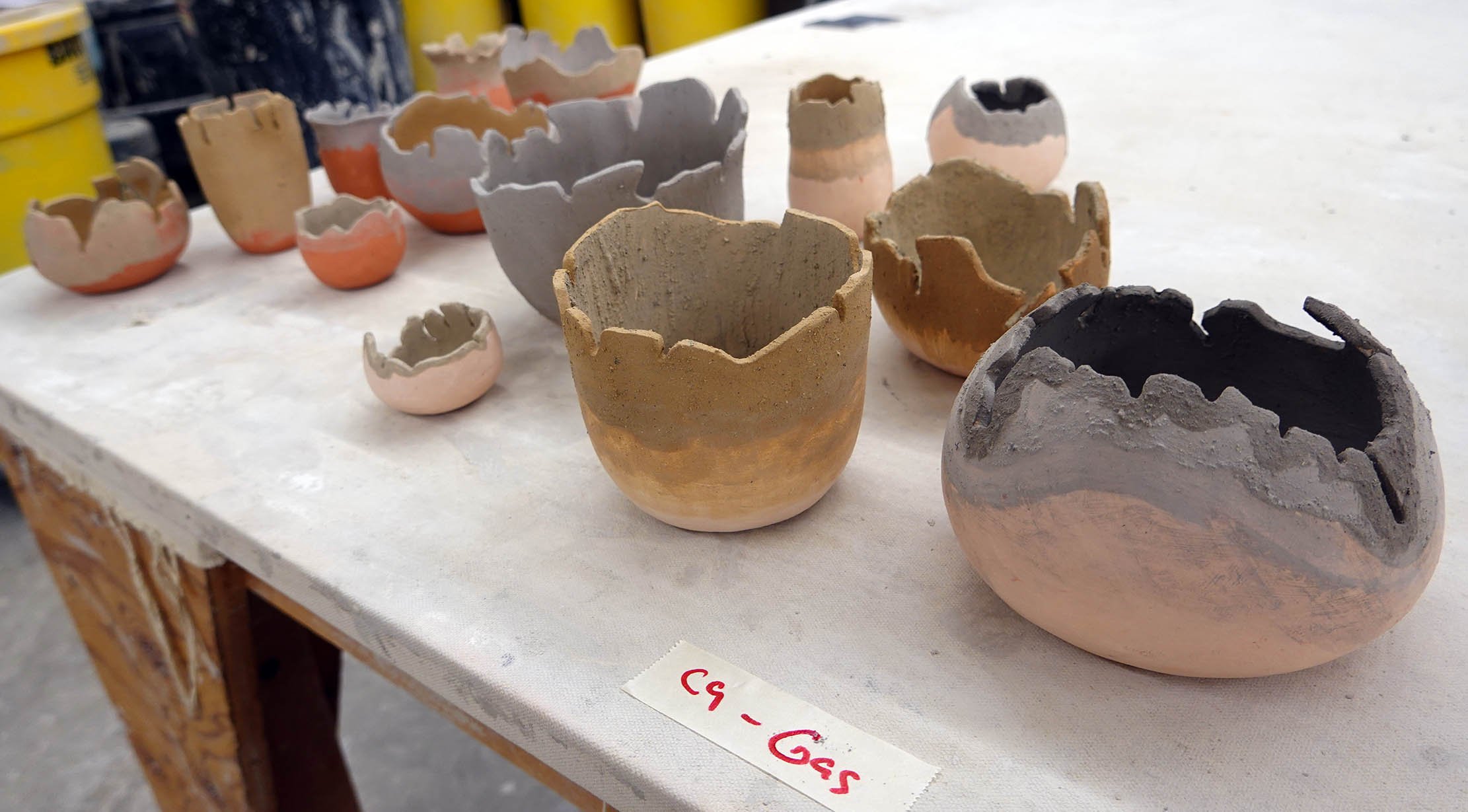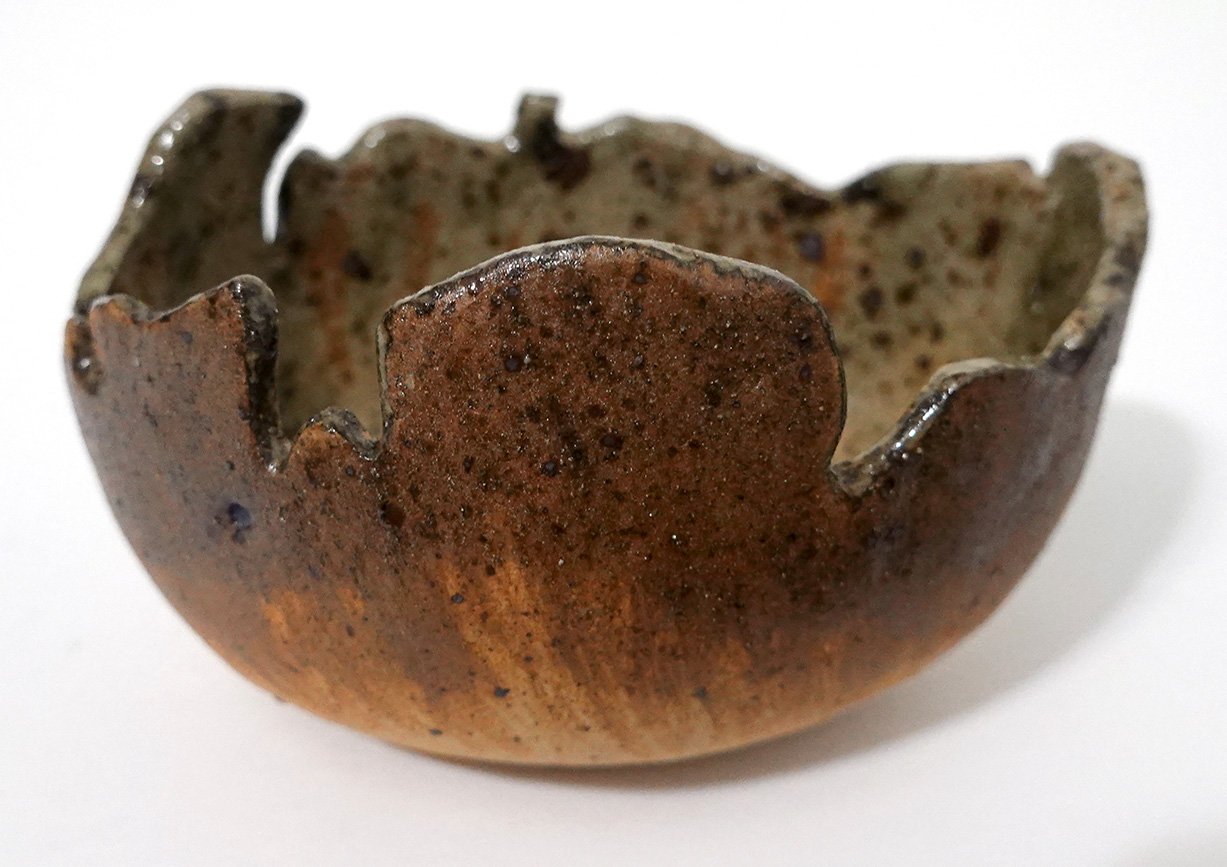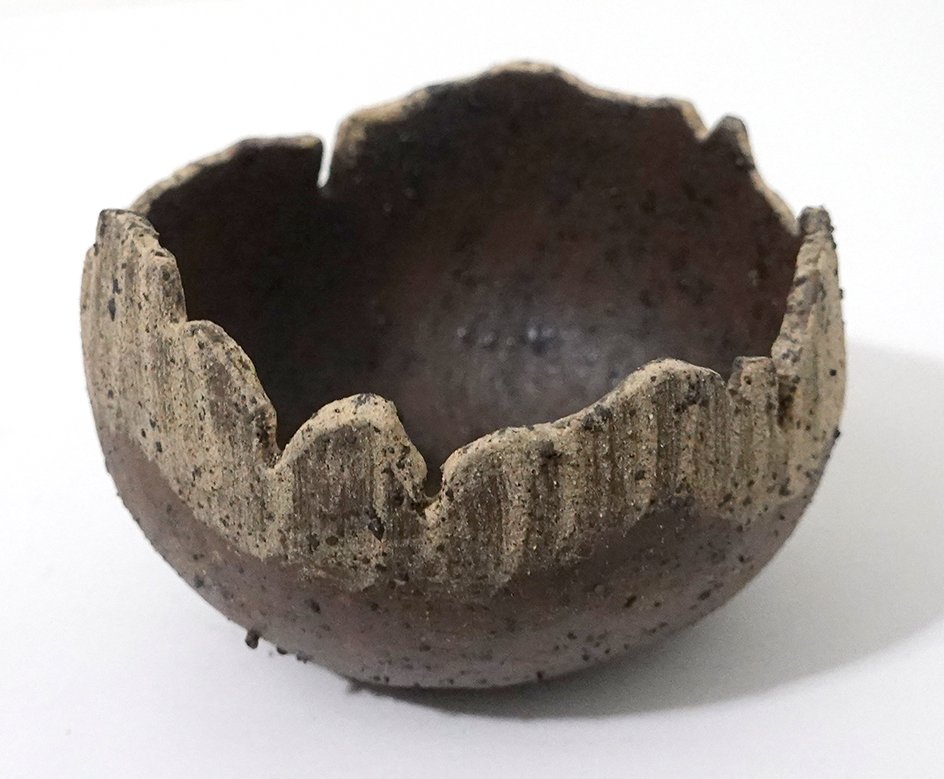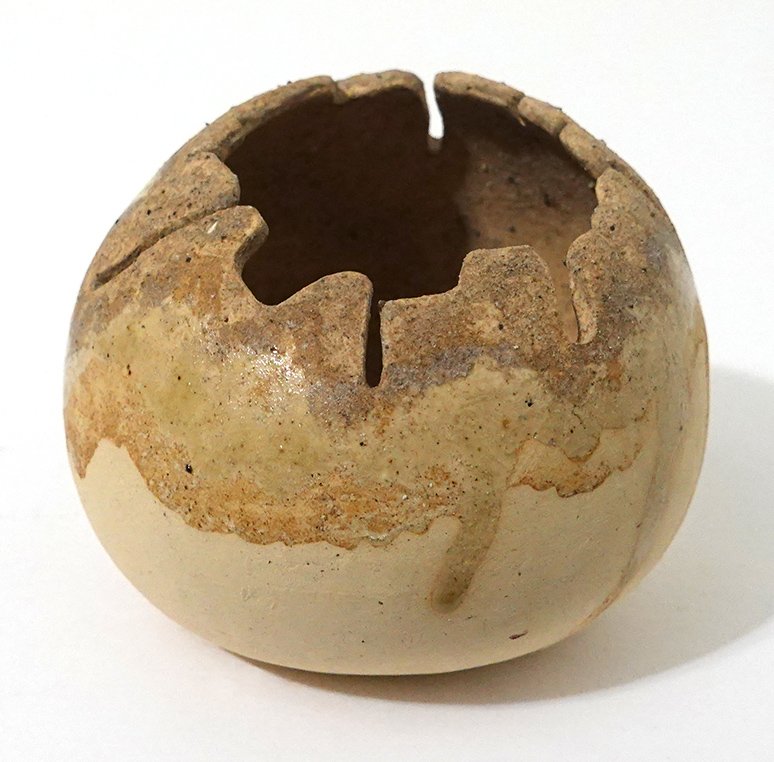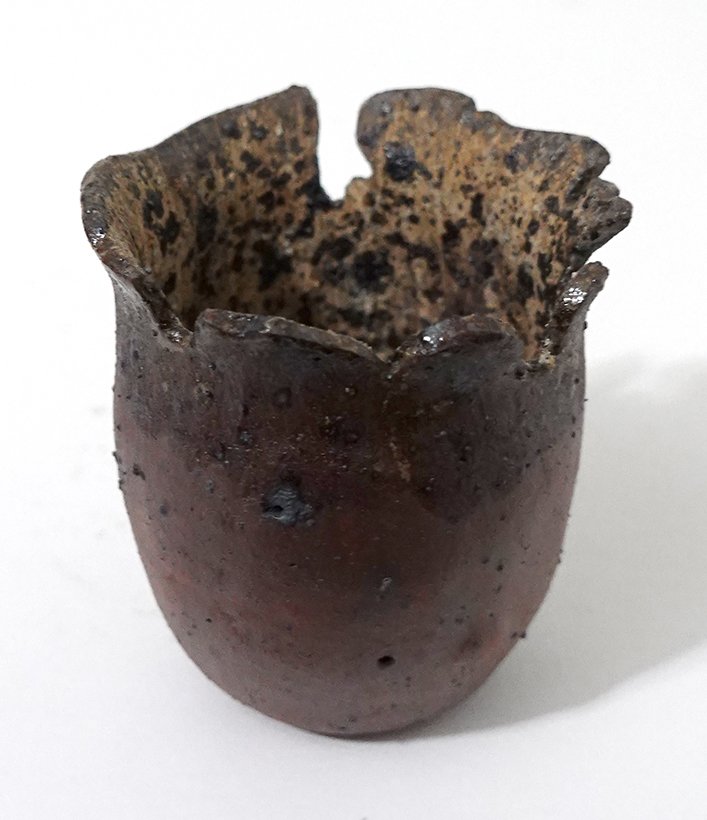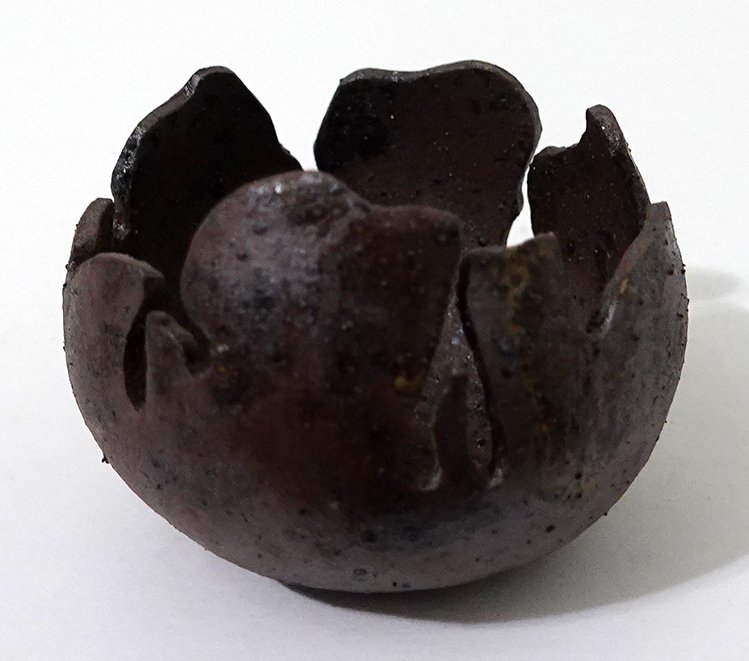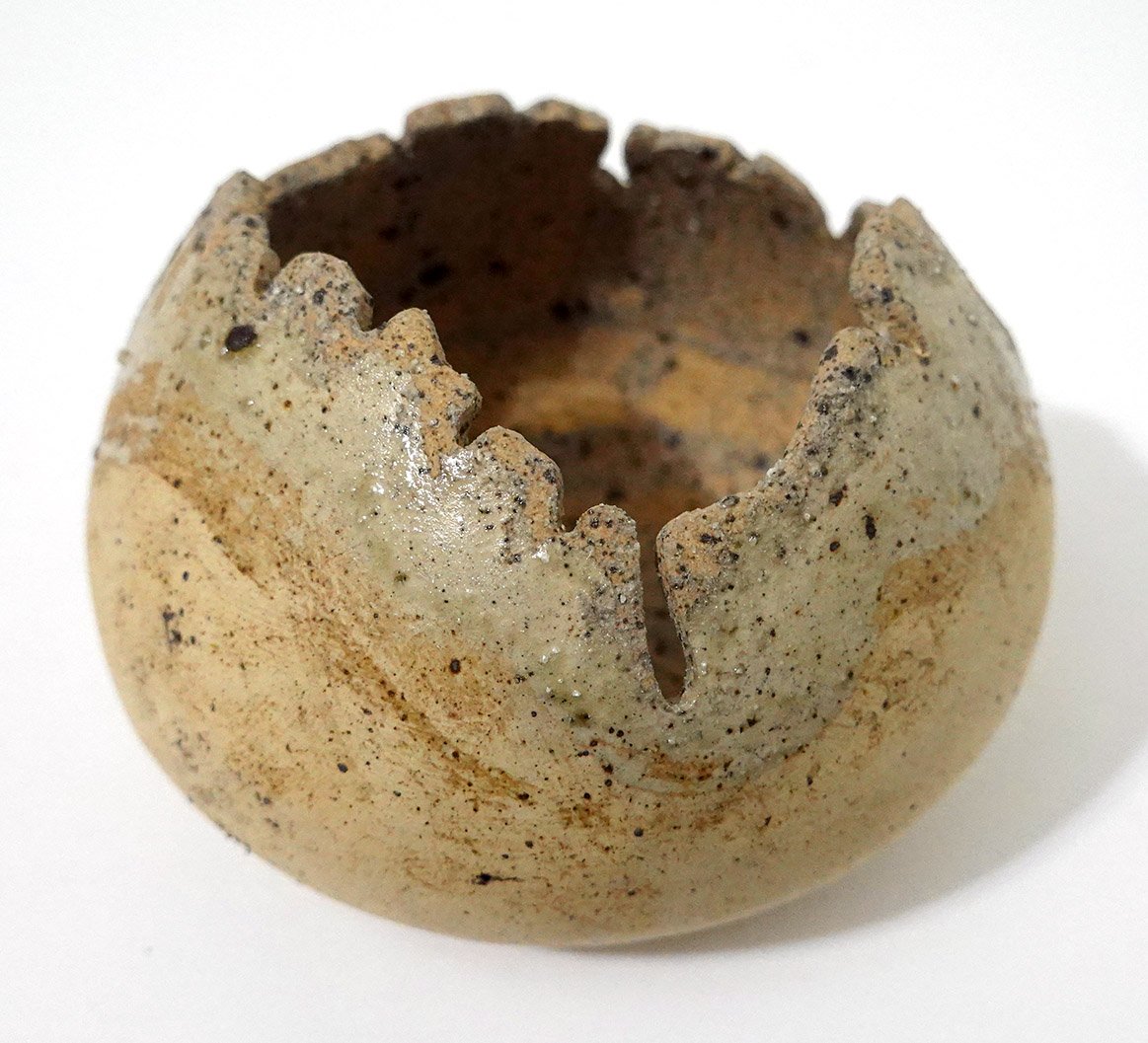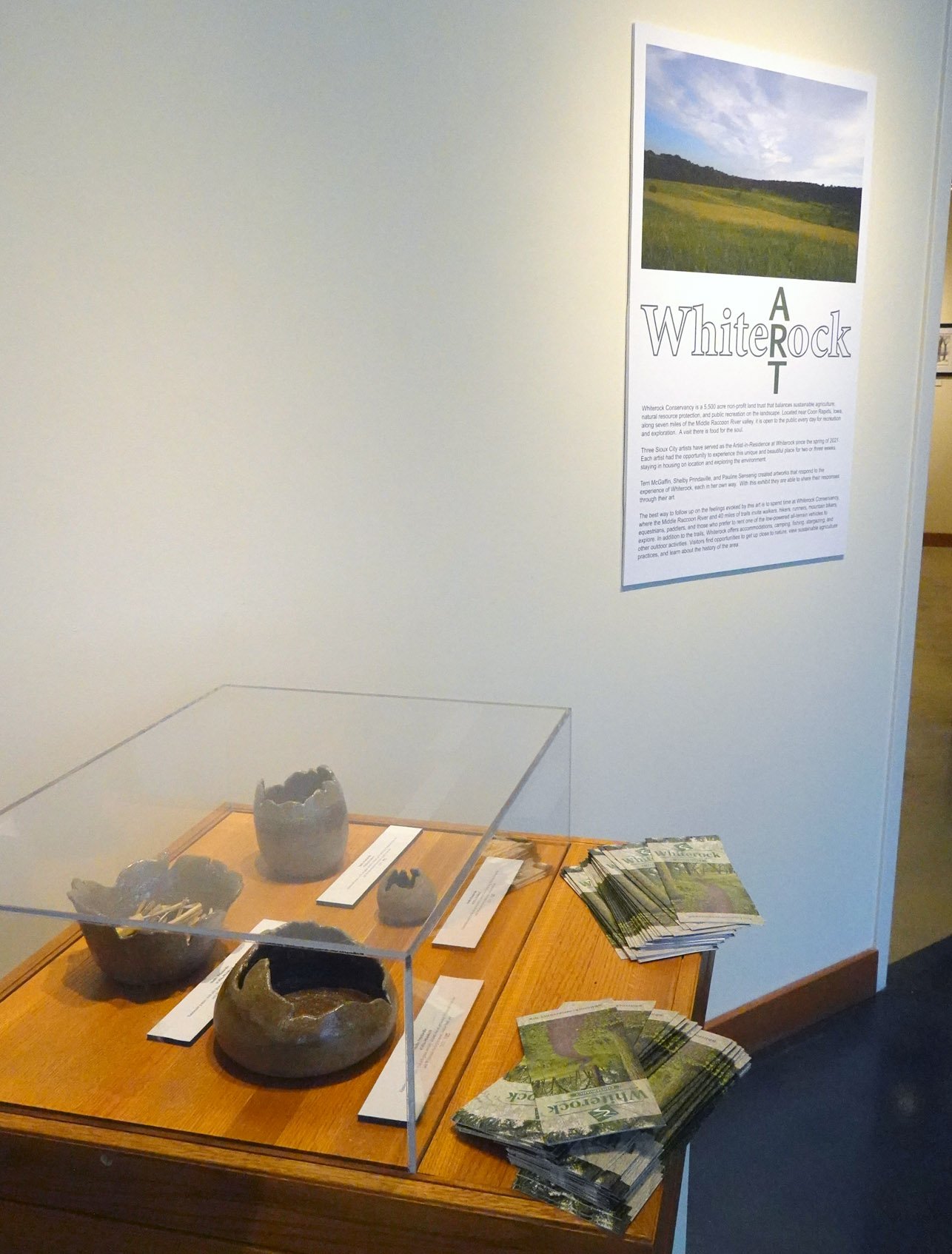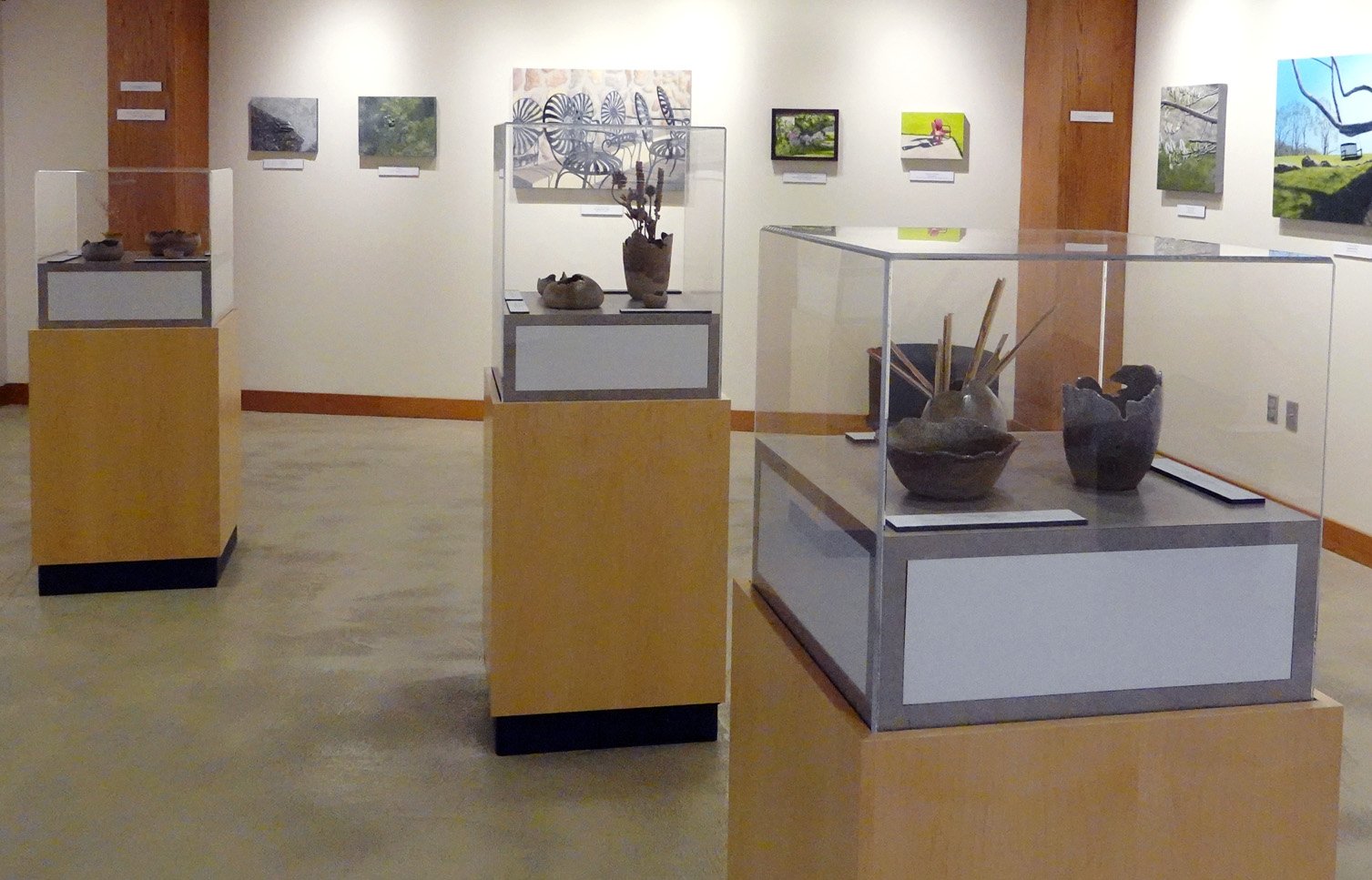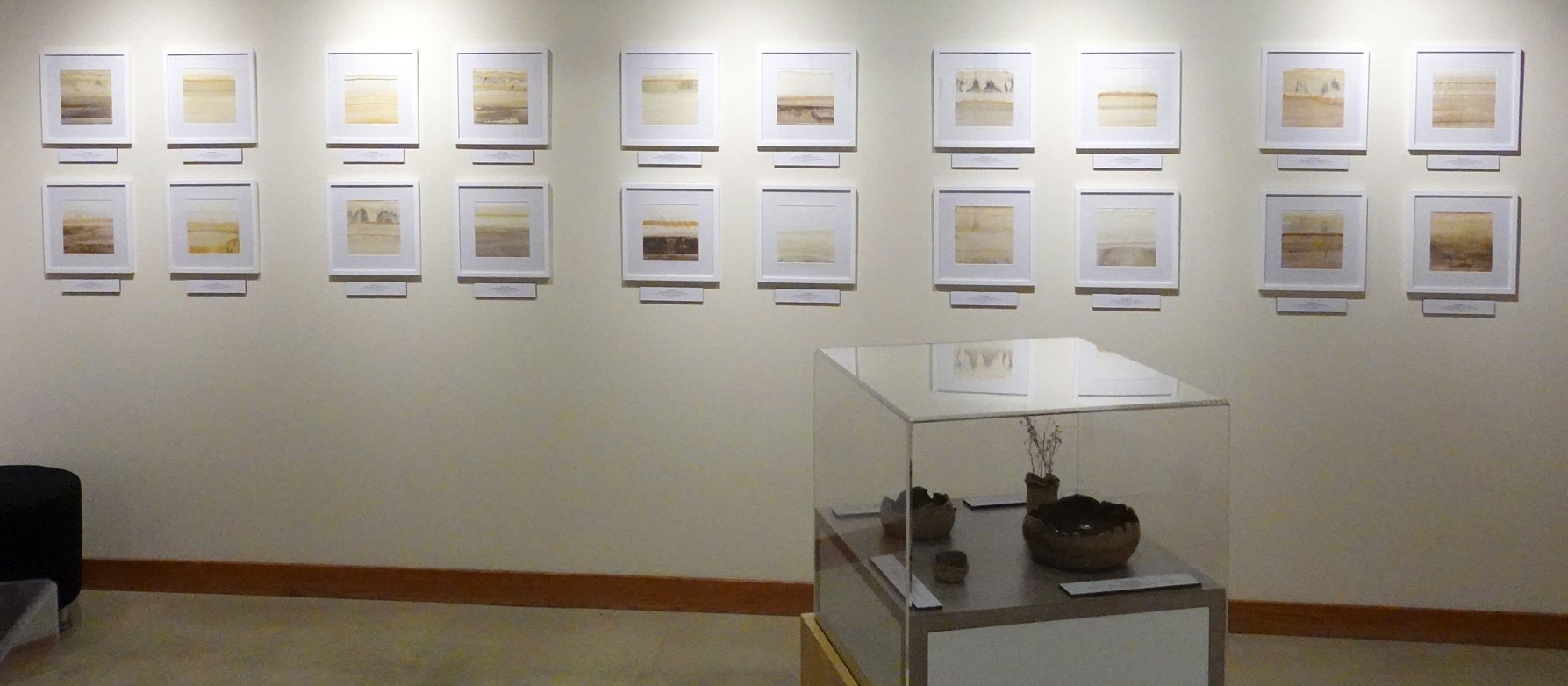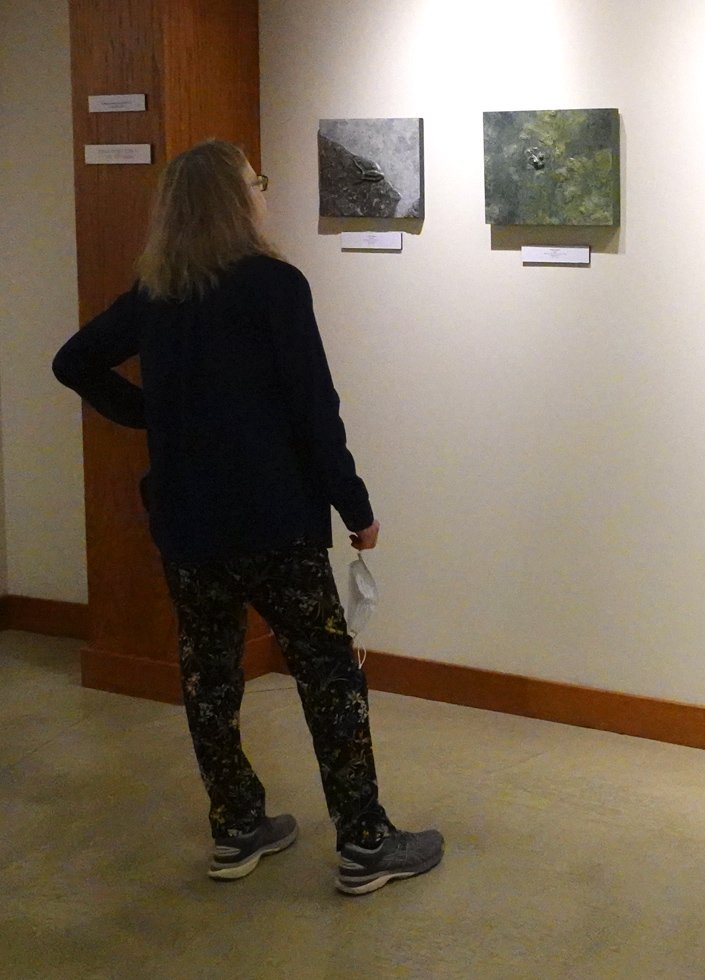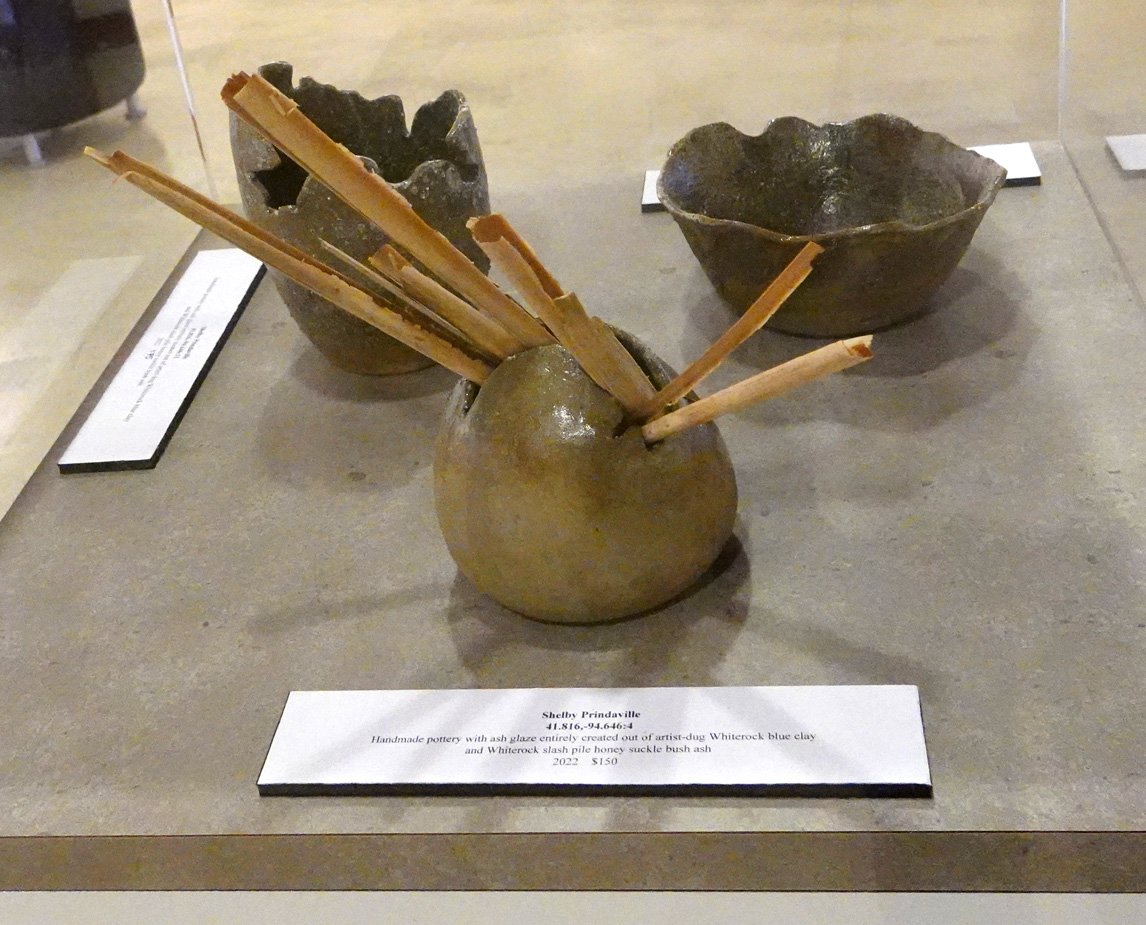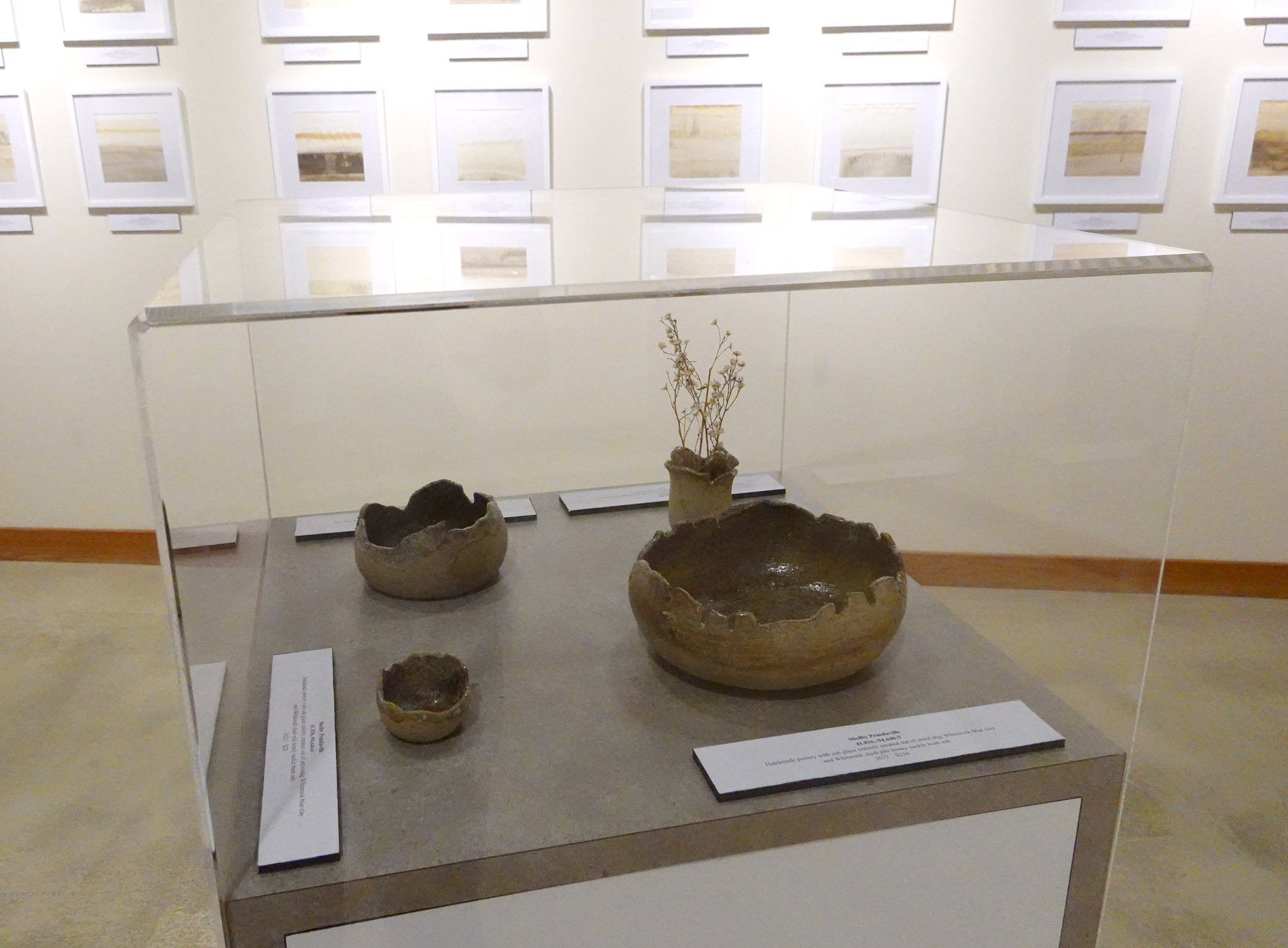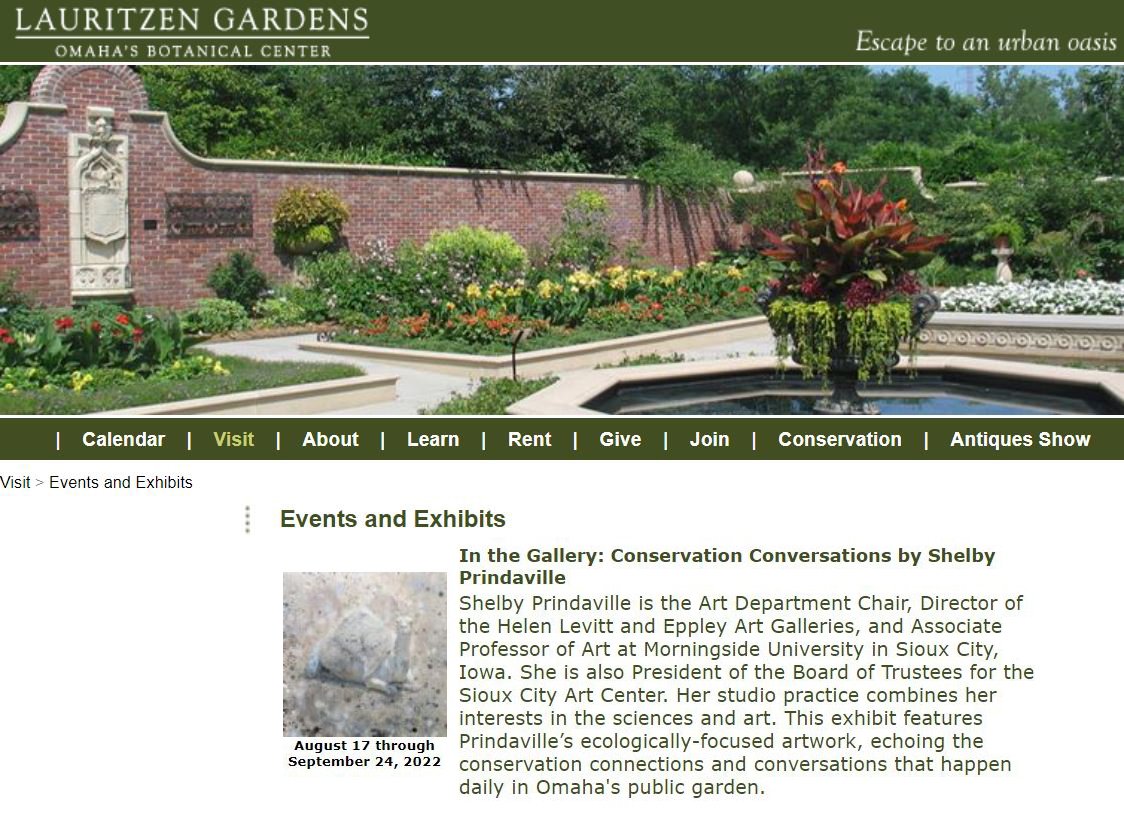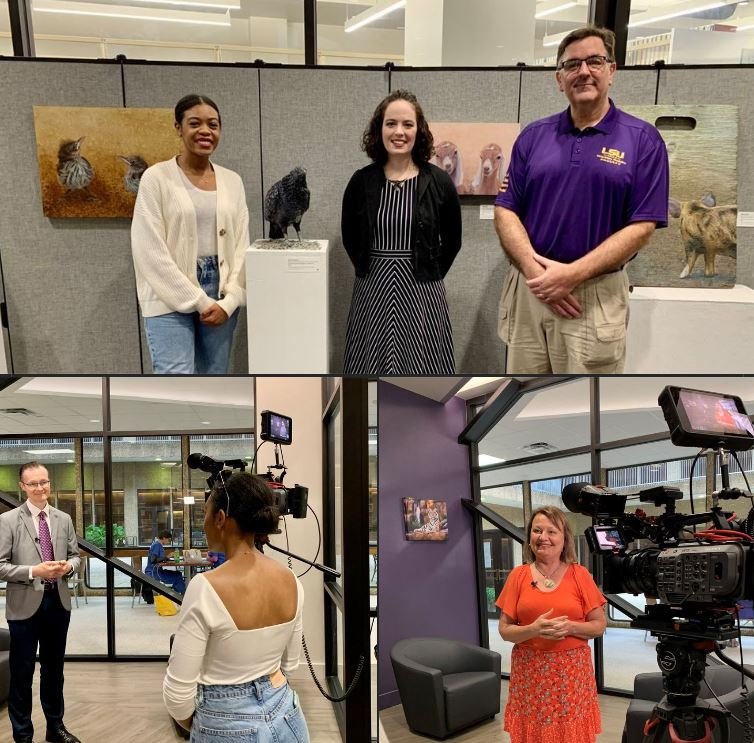Some artists primarily work in transitory media - their artwork dissolves, melts, is eaten, is a performance, and so on. Often the documentation of this sort of artwork in many ways supplants the original; suddenly the photograph or video is the primary way that audiences engage with the piece. Andy Goldsworthy’s work is a good example.
Most of my artwork is intended to be of archival quality - I want it to endure for centuries, if not millennia! However, some of my pieces do have a more limited lifespan, at least in terms of continuing to match the photo documentation I took when I created the original artwork. My chromatography series are in that category, and I discussed this in the artist statement I published in this summer’s Annals of Iowa journal (Volume 82, Number 3). Here’s the pertinent excerpt:
“Over time and exposure to sunlight, the less stable plant pigments in these chromatograms (the greens, blues, purples, and reds) degrade, while the more stable colors (the yellows, browns, and blacks) remain; my Literal Landscapes become more and more sepia as they age. To me, this is a reminder that our natural world is vibrant but vulnerable, and that we should relish what we have while stepping up our interventions to improve our ecological balance for future generations… or the living earth around us will continue to dull.”
What does that change actually look like, you might ask? I thought it would be interesting to rephotograph one of the chromatograms to show you! Here is a side-by-side comparison of Literal Landscapes: Whiterock Conservancy 1, mixed media chromatogram including natural ecosystem pigments, alcohol, and gel medium on filter paper, 8x8", 2021; the first image was taken immediately after making the piece, while the second was taken over two years later.
To be clear, I still find the current versions compelling! The aging process of these chromatograms unsurprisingly mirrors what happens in nature as plants progress through seasons. They’re currently evoking autumn to me, while their original versions were more spring/summer. I bet a photo taken further down the line would show continued movement towards the monochromatic, so I might repeat this experiment again in a couple more years to try to determine when they will achieve their final evolution.
